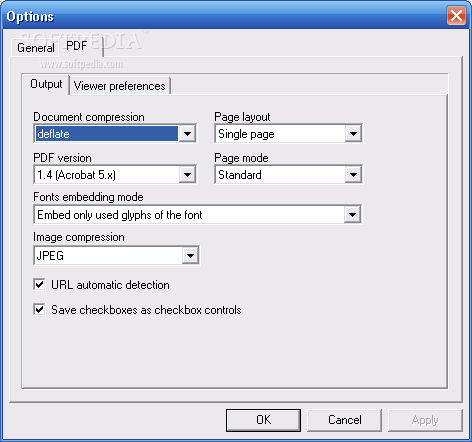
With the release of Acrobat 6, gone are the days of having to select the Acrobat Distiller as the name of your printer in the Print dialog box in Word, Excel, or PowerPoint in order to convert the native Office document file format into PDF (although you can still make perfectly good PDF files that way).
All you have to do in order to convert the current document open in Word, Excel, or PowerPoint into a PDF document is follow these three simple steps:
- Choose Adobe PDF➪Convert to Adobe PDF in the Office application or click the Convert to Adobe PDF button on the PDFMaker 6.0 toolbar. An Acrobat PDFMaker alert dialog box appears, telling you that PDFMaker needs to save the document before continuing and asking whether or not you’d like to save the document and continue. Click Yes. The Save Adobe PDF File As dialog box appears.
- Edit the filename of the converted PDF file in the Name text box and select the folder on your hard drive in which to save it. If you don’t edit the filename, PDFMaker gives the new PDF file the same name as its Office counterpart but with the .pdf filename extension. Note that by default, filename extensions aren’t displayed in Windows XP.
- Click the Save button.






0 comments:
Post a Comment